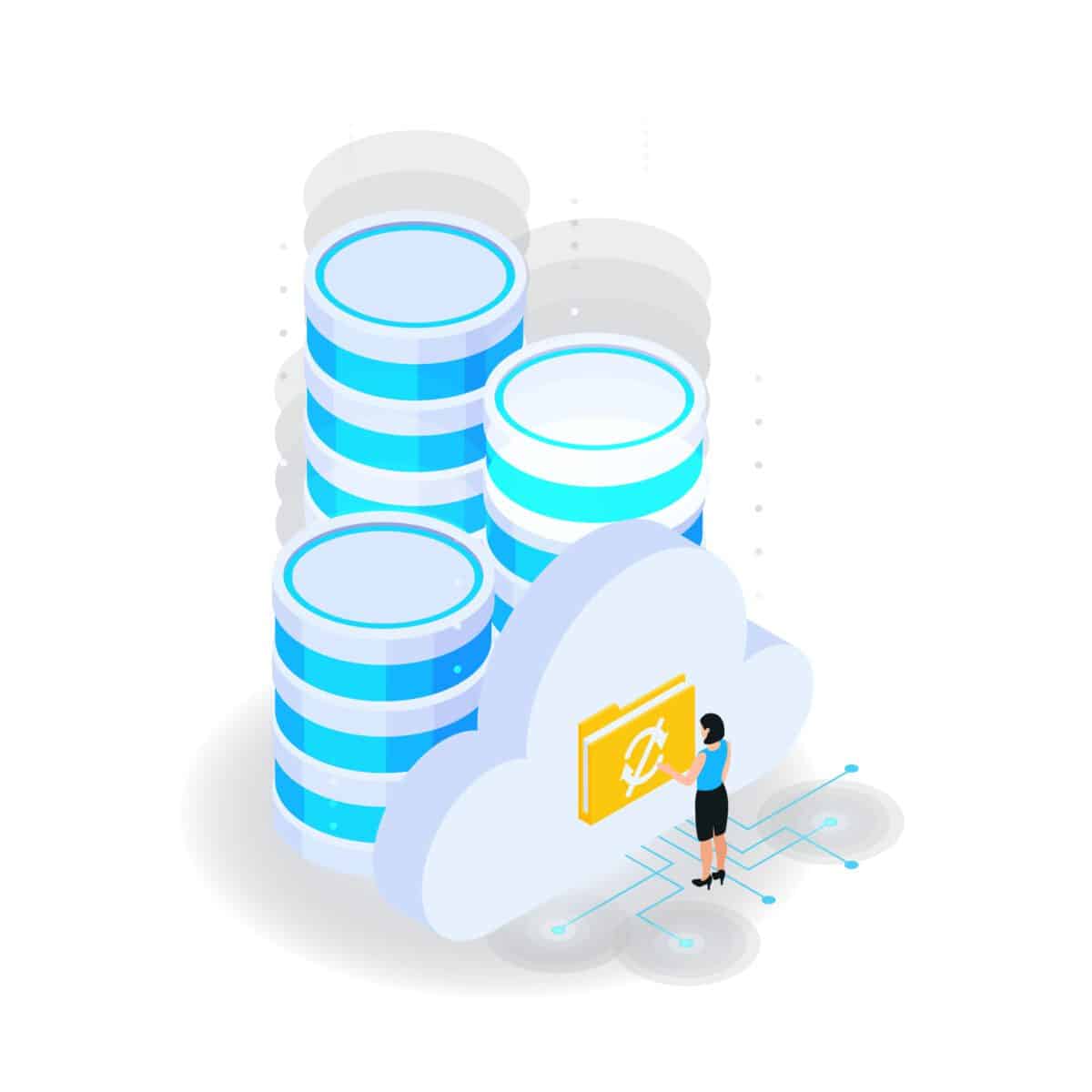Non-tabular NoSQL databases are built on flexible schemas, with nested data structures, to accommodate modern applications and high user loads. Increasingly, they’re the optimal choice when ease of development, scaled performance, speed, and functionality are central operating concerns.
What is NoSQL?
NoSQL stands for “not only SQL” to signify that it accommodates various data access and management models. “Nonrelational database” is also interchangeable with “NoSQL database.” Programmers developed the language in the mid-2000s alongside the widespread adoption of new information trends.
Some people insist that NoSQL databases are sub-par when it comes to storing relational data. However, this is an unfair argument. Nonrelational databases can handle relationship data; it’s just done differently. Plus, other folks may argue that relationship modeling is more manageable in the NoSQL environment because data isn’t parsed between multiple tables.
What? Can You Please Explain in Non-Tech Talk?
Does this all sound like Greek to you? If so, think of SQL and NoSQL as vinyl records and digital music streaming, respectively. To play a song on a vinyl album, you must physically move the needle on the turntable to access the “track” you want because the record was pressed ahead of time, and that’s where the desired “files” reside. Thanks to remote access memory, however, when streaming digital music, you can just press or click to play a song — even though all the parts making up the file may be scattered.
It’s not a perfect analogy, but the technological gist falls into the same category.
A Brief History of NoSQL
Back in the second half of the 20th century, when digital computing was still in its infancy, relatively speaking, data storage was one of the most expensive aspects of maintaining data sets. But by the late 2000s, on the back of Moore’s Law, those costs had plummeted, and developers’ fees were instead topping cost lists.
Back then, social media and digital networking were skyrocketing in popularity, companies were inundated with mounds of raw data, and programmers were adopting the Agile Manifesto, which stressed the importance of responding to change instead of remaining slaves to procedural protocol. As such, new tools were developed to accommodate the influx of information and the need to be highly flexible.
The practical and philosophical shift served as an inflection point and changed the course of computing history. Developer optimization was prioritized, flexibility took priority, and the confluence of events led to the creation of NoSQL databases.
NoSQL v. SQL
Before NoSQL, there was SQL — the querying language used for relational database environments where tables are constrained and connected by foreign and primary keys.
On the other hand, NoSQL allows for greater flexibility and can operate outside the confines of a relational database on newer data models. Plus, since NoSQL-friendly databases are highly partitionable, they’re much easier to scale than SQL ones.
To be clear, SQL is still used today. In fact, according to reports, as of May 2021, approximately 73 percent of databases run on the SQL model — but NoSQL is rapidly expanding its market share.
Why Do Developers Use NoSQL?
Developers typically use NoSQL for applications that process large amounts of data and require a low latency speed. It’s achieved by easing up on consistency restrictions and allowing for different data types to commingle.
Types of NoSQL Databases
There are five main types of NoSQL databases.
- Key-Value: Key-value databases can be broken up into many sections and are great for horizontal scaling.
- Document: Document databases are great when working with objects and JSON-like documents. They’re frequently used for catalogs, user profiles, and content management systems.
- Graph: Graph databases are best for highly connected networks, including fraud detection services, social media platforms, recommendation engines, and knowledge graphs.
- In-Memory: In-memory databases are ideal for apps requiring real-time analytics and microsecond responses. Examples include ad-tech and gaming apps that feature leaderboards and session stores.
- Search: Output logs are an important part of many apps, systems, and programs. Search-based NoSQL databases streamline the process.
In a nutshell, NoSQL is a database revolution that’s helping drive tech innovation.



